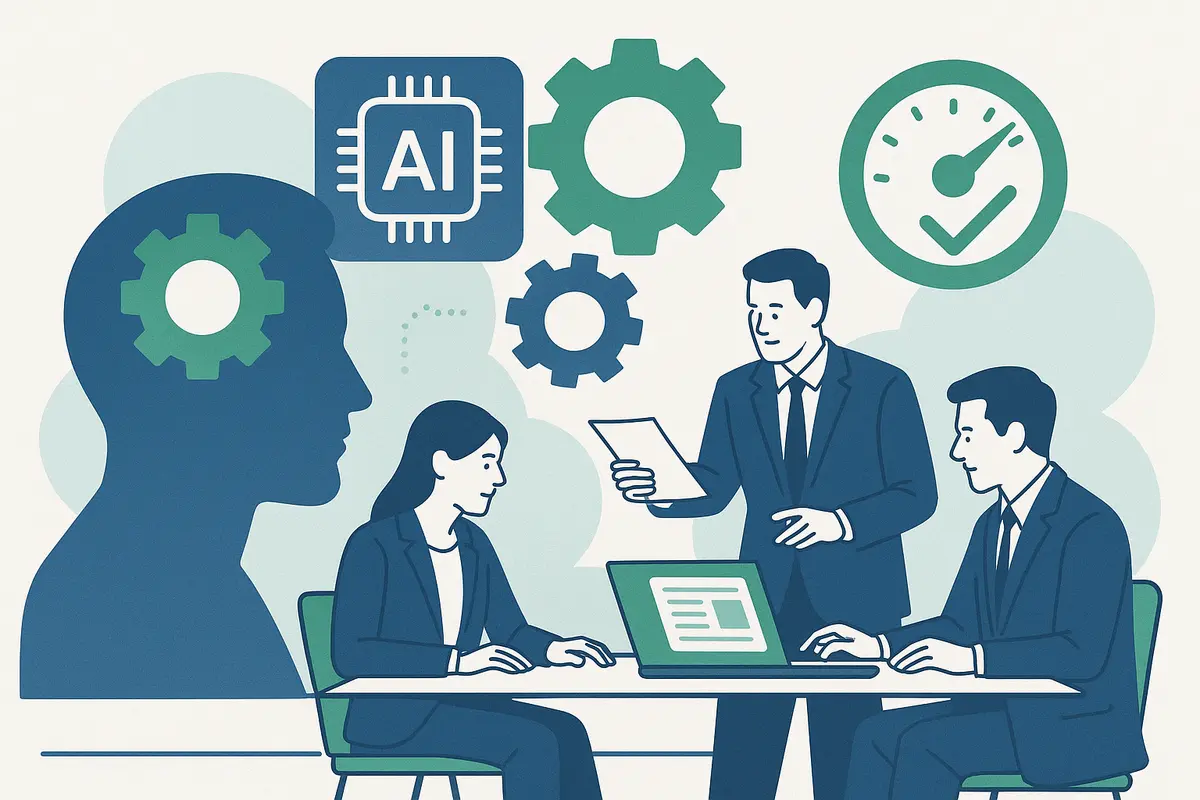
Frasertec AI Bootcamp Deep Insight: Analyzing the "Productivity Illusion" in AI Development
The "Productivity Illusion" in AI Development: Why 10 Minutes of Output Requires 30 Minutes of Correction?
In our recent AI Bootcamp, the team experienced firsthand the "magic moments" brought by artificial intelligence. With a single command, code that would have taken hours or even days to write appeared on the screen in minutes. This astonishing efficiency is the core advantage of our AI Rapid Development Service.
However, beneath this ode to speed, we also observed a deeper phenomenon—one that all businesses looking to embrace AI should be wary of—what we call the "productivity illusion."
The Truth About Speed: Why Did We Rewrite Nearly 30% of AI-Generated Code?
When developers first witness the astonishing output of AI, a sense of excitement arises—the feeling that "work will be completely transformed." This instant gratification easily creates an illusion: development cycles will be drastically compressed, and project costs will plummet.
But when we entered the rigorous stages of code review and system integration, the true nature of this illusion began to reveal itself.
A key statistic from our Bootcamp: on average, 20% to 30% of AI-generated code required significant revisions or even complete rewrites after review by senior engineers.
It's like having an extremely fast, tireless intern. For standardized tasks (like creating a login form), they excel. But for work requiring deep business understanding, handling complex exceptions, or delicate integration with existing systems, their solutions often appear "correct at first glance" but crumble under scrutiny.
This means AI is an excellent accelerator for about 70% of "manual labor." But the critical 30% of "intellectual work"—which determines system quality and robustness—constitutes the hidden cost behind the "productivity illusion," demanding professional expertise and time.
A New Mental Challenge: The Fragmentation of Focus in "Wait-and-Sprint" Cycles
More notably, AI collaboration introduces a new work rhythm that fundamentally challenges the traditional "Deep Work" model of development. We describe it as a "wait-and-sprint" cycle.
- The "Cognitive Standby" Gap
After issuing a complex command to AI, engineers enter a "waiting period" ranging from minutes to over a dozen minutes. This isn't downtime but a "cognitive standby" state. The brain must retain the task's context like a computer in standby mode, ready to review the output immediately. This "active waiting" interrupts prolonged focus, fragmenting work time. - The High-Load Review Sprint
When AI completes its output, engineers must instantly switch from waiting to hyper-focused analysis mode to review unfamiliar code written by a "non-human." This demands far greater cognitive load than reviewing one's own code. The "wait-sprint-wait" cycle poses unprecedented challenges to focus management and mental endurance.
Conclusion: Mastering the Illusion to Unlock AI's True Value
The "productivity illusion" is a trap any business may encounter in early AI adoption. Recognizing, understanding, and managing it is the first step to successfully harnessing AI.
At Frasertec Limited, this Bootcamp gave us a more mature perspective on AI's value: its mission isn't to replace humans but to free them from 70% of repetitive work, allowing our most seasoned experts to focus 100% on the decisive 30%.
Our AI Rapid Development Service is built on this profound and realistic understanding. We leverage AI acceleration while deploying experienced technical teams for rigorous oversight, ensuring speed never compromises quality. We'll continue refining this new human-AI collaboration model to help clients master the illusion and unlock AI's true productivity.
Learn more about our professional services or explore Frasertec Limited's philosophy.
WhatsApp Consultation